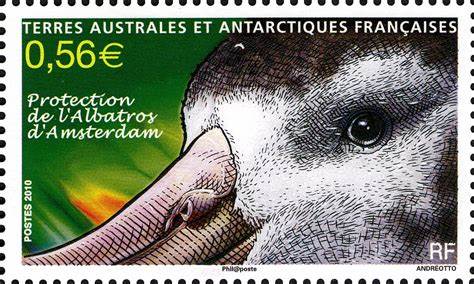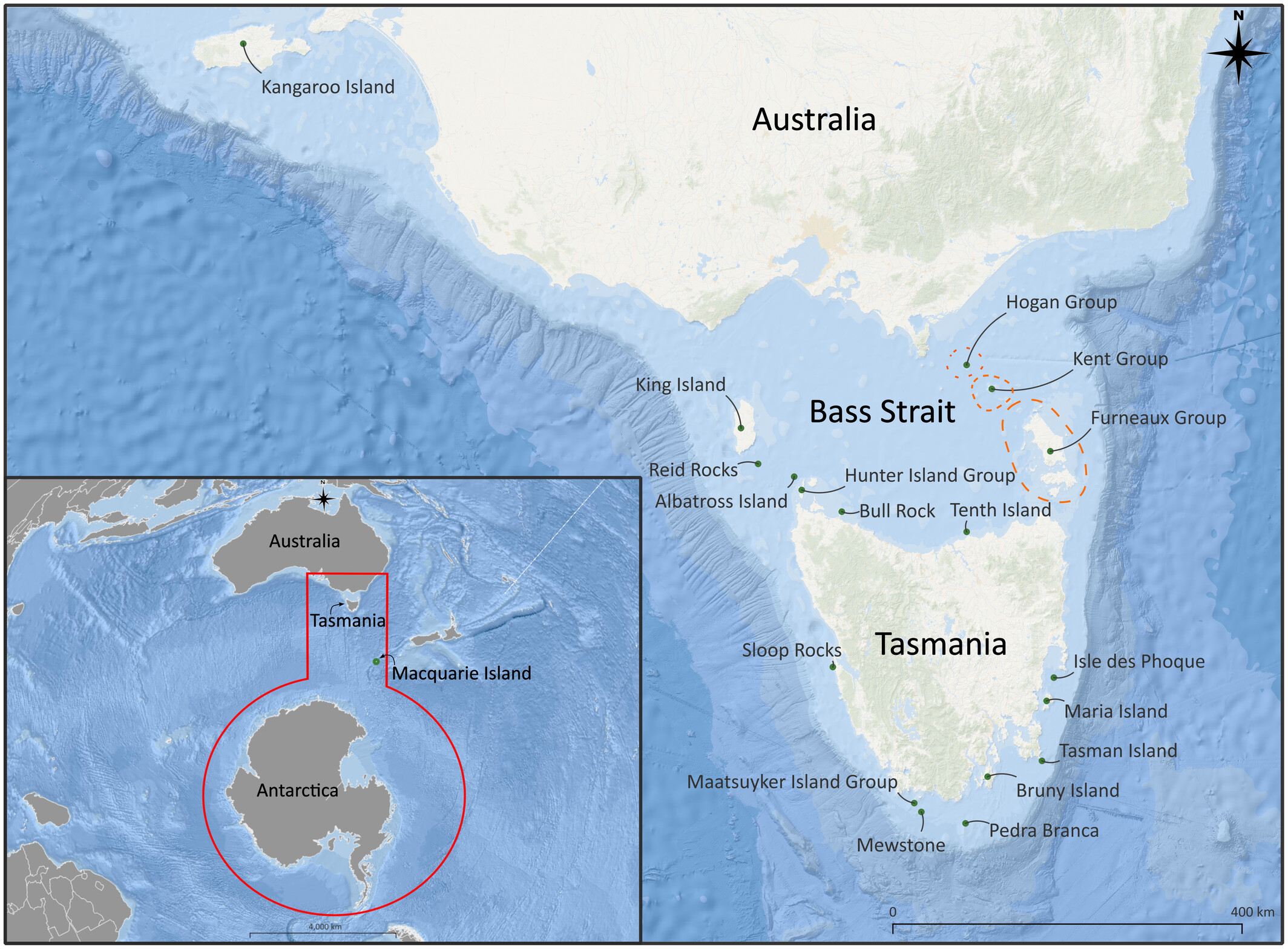 Figure 1 from the paper: Map of the study area. The study species were selected from the red-highlighted regions, encompassing the temperate islands of Bass Strait, Tasmania, and southeast Australia, Subantarctic Macquarie Island, and the Antarctic continent. The detailed map of southeast Australia includes several key marine predator breeding colonies. Map lines delineate study areas and do not necessarily depict accepted national boundaries.
Figure 1 from the paper: Map of the study area. The study species were selected from the red-highlighted regions, encompassing the temperate islands of Bass Strait, Tasmania, and southeast Australia, Subantarctic Macquarie Island, and the Antarctic continent. The detailed map of southeast Australia includes several key marine predator breeding colonies. Map lines delineate study areas and do not necessarily depict accepted national boundaries.
Milan Sojitra (Institute for Marine and Antarctic Studies, Australian Centre for Excellence in Antarctic Science, University of Tasmania, Australia) and colleagues have published open access in the journal, Global Change Biology, on a trait-based approach to climate change impacts on marine predators.
The paper’s abstract follows:
“Terrestrially breeding marine predators have experienced shifts in species distribution, prey availability, breeding phenology, and population dynamics due to climate change worldwide. These central-place foragers are restricted within proximity of their breeding colonies during the breeding season, making them highly susceptible to any changes in both marine and terrestrial environments. While ecologists have developed risk assessments to evaluate climate risk in various contexts, these often overlook critical breeding biology data. To address this knowledge gap, we developed a trait-based risk assessment framework, focusing on the breeding season and applying it to marine predators breeding in parts of Australian territory and Antarctica. Our objectives were to quantify climate change risk, identify specific threats, and establish an adaptable assessment framework. The assessment considered 25 criteria related to three risk components: vulnerability, exposure, and hazard, while accounting for uncertainty. We employed a scoring system that integrated a systematic literature review and expert elicitation for the hazard criteria. Monte Carlo sensitivity analysis was conducted to identify key factors contributing to overall risk. We identified shy albatross (Thalassarche cauta), southern rockhopper penguins (Eudyptes chrysocome), Australian fur seals (Arctocephalus pusillus doriferus), and Australian sea lions (Neophoca cinerea) with high climate urgency. Species breeding in lower latitudes, as well as certain eared seal, albatross, and penguin species, were particularly at risk. Hazard and exposure explained the most variation in relative risk, outweighing vulnerability. Key climate hazards affecting most species include extreme weather events, changes in habitat suitability, and prey availability. We emphasise the need for further research, focusing on at-risk species, and filling knowledge gaps (less-studied hazards, and/or species) to provide a more accurate and robust climate change risk assessment. Our findings offer valuable insights for conservation efforts, given that monitoring and implementing climate adaptation strategies for land-dependent marine predators is more feasible during their breeding season.”
Reference:
Sojitra, M., Corney, S., Hemer, M., Hamilton, S., McInnes, J., Thalmann, S., & Lea, M.-A. 2024. Traversing the land-sea interface: A climate change risk assessment of terrestrially breeding marine predators. Global Change Biology 30, e17452. https://doi.org/10.1111/gcb.17452
9 October 2024

 English
English  Français
Français  Español
Español 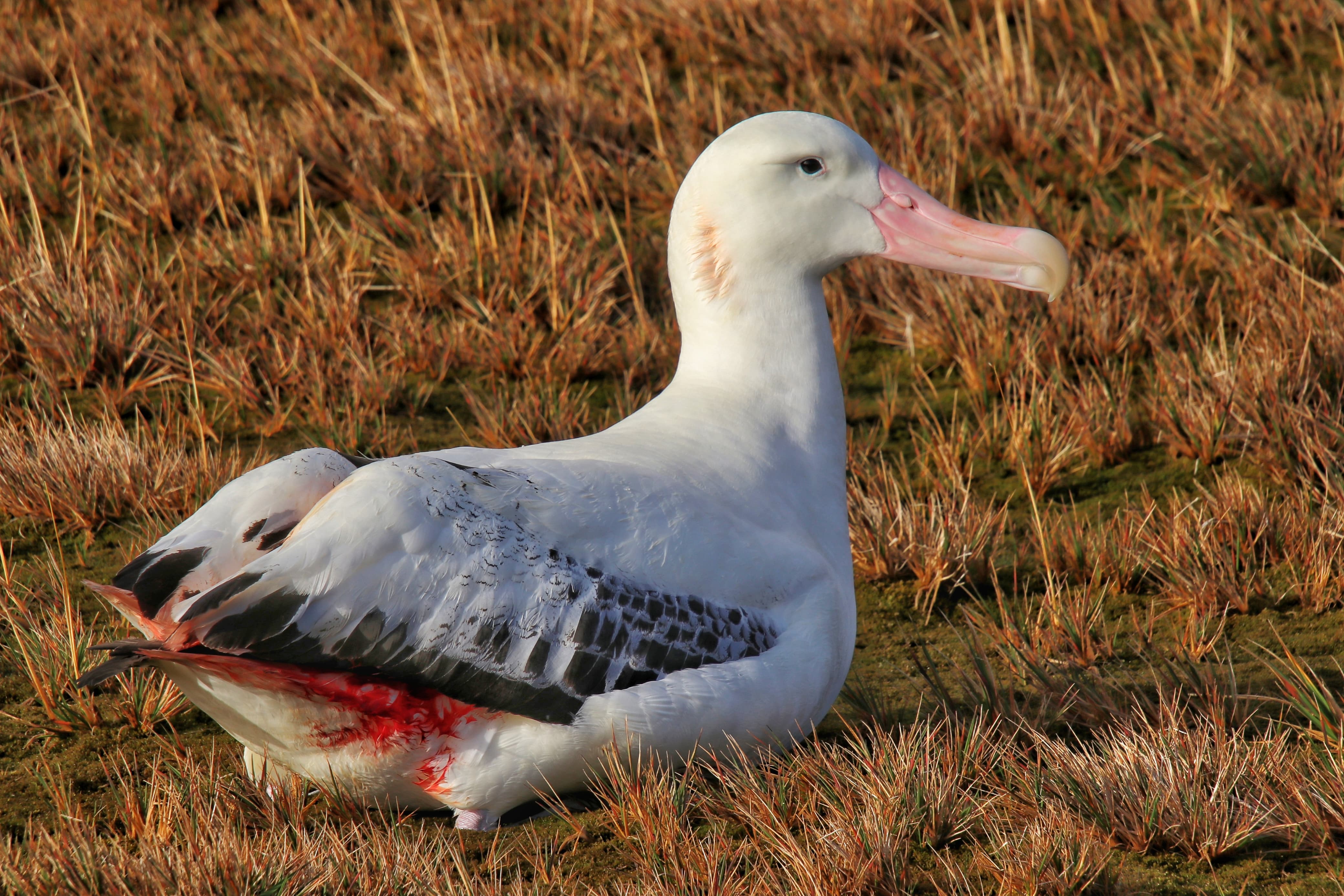 The problem: this Wandering Albatross has been attacked by House Mice on Marion Island, photograph by Chris Jones
The problem: this Wandering Albatross has been attacked by House Mice on Marion Island, photograph by Chris Jones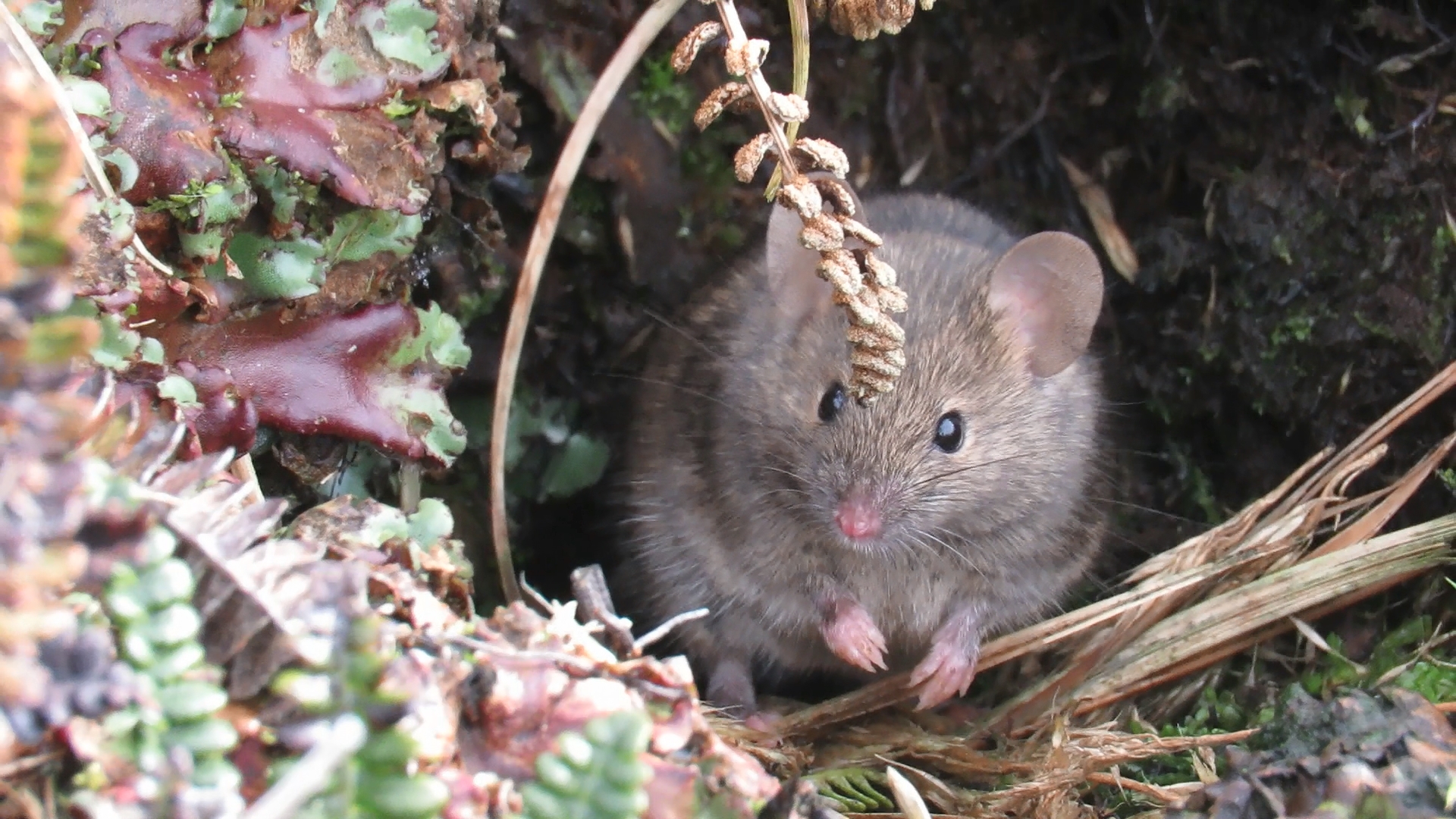
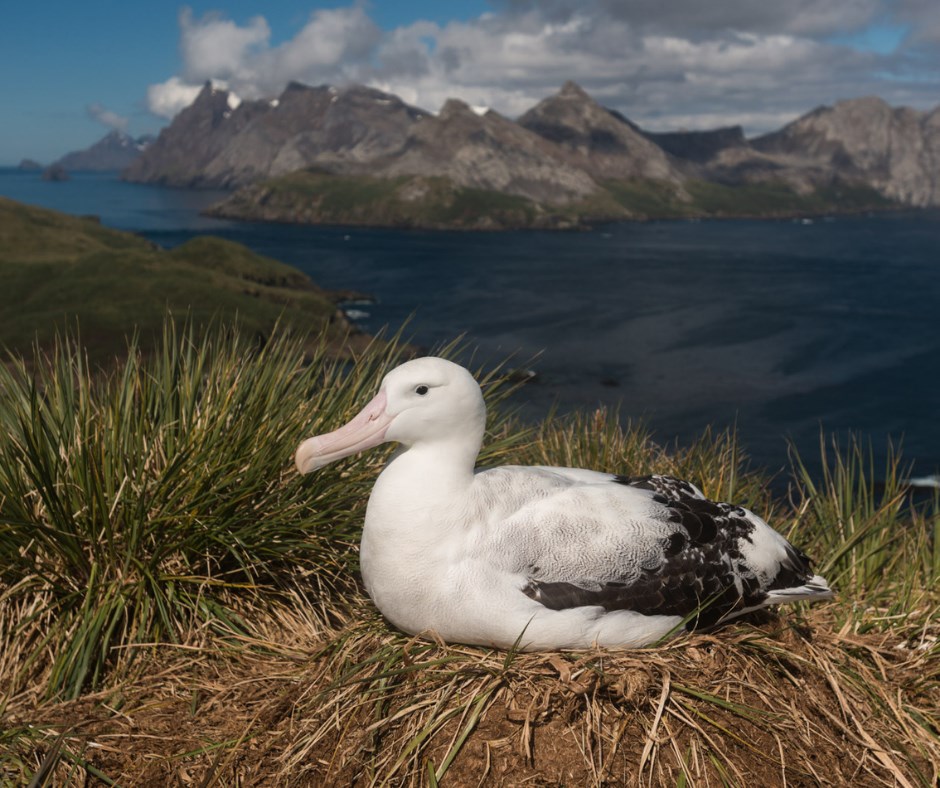 Wandering Albatrosses (pictured) are one of the species that feature in the paper's case study on the HPAI H5N1 outbreak in the sub-Antarctic region
Wandering Albatrosses (pictured) are one of the species that feature in the paper's case study on the HPAI H5N1 outbreak in the sub-Antarctic region
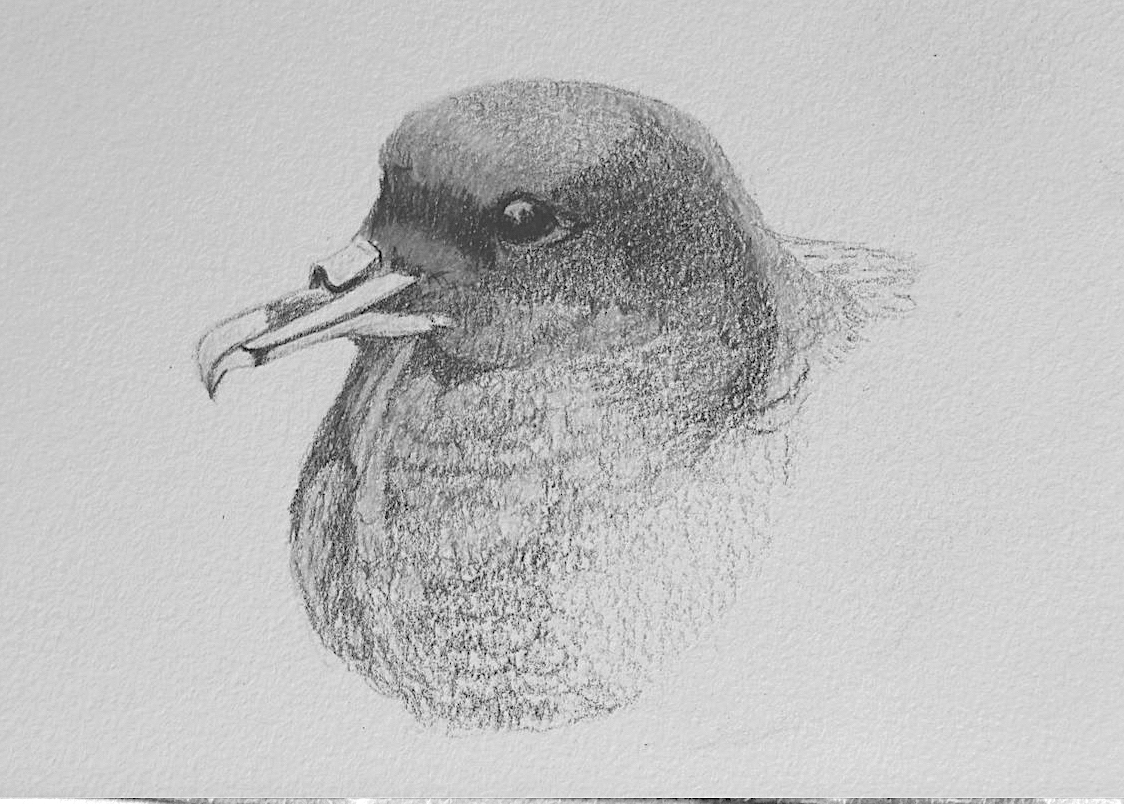 White-chinned Petrel by Judith MacKay of Artists and Biologists Unite for Nature for ACAP, after a photograph (see below) by Andy Wood
White-chinned Petrel by Judith MacKay of Artists and Biologists Unite for Nature for ACAP, after a photograph (see below) by Andy Wood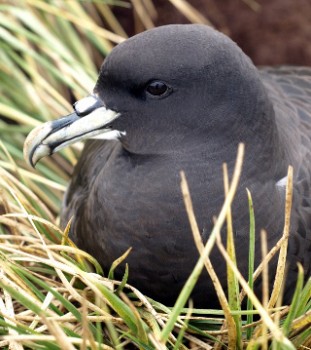 White-chinned Petrel on Bird Island, South Atlantic, photograph by Andy Wood
White-chinned Petrel on Bird Island, South Atlantic, photograph by Andy Wood
